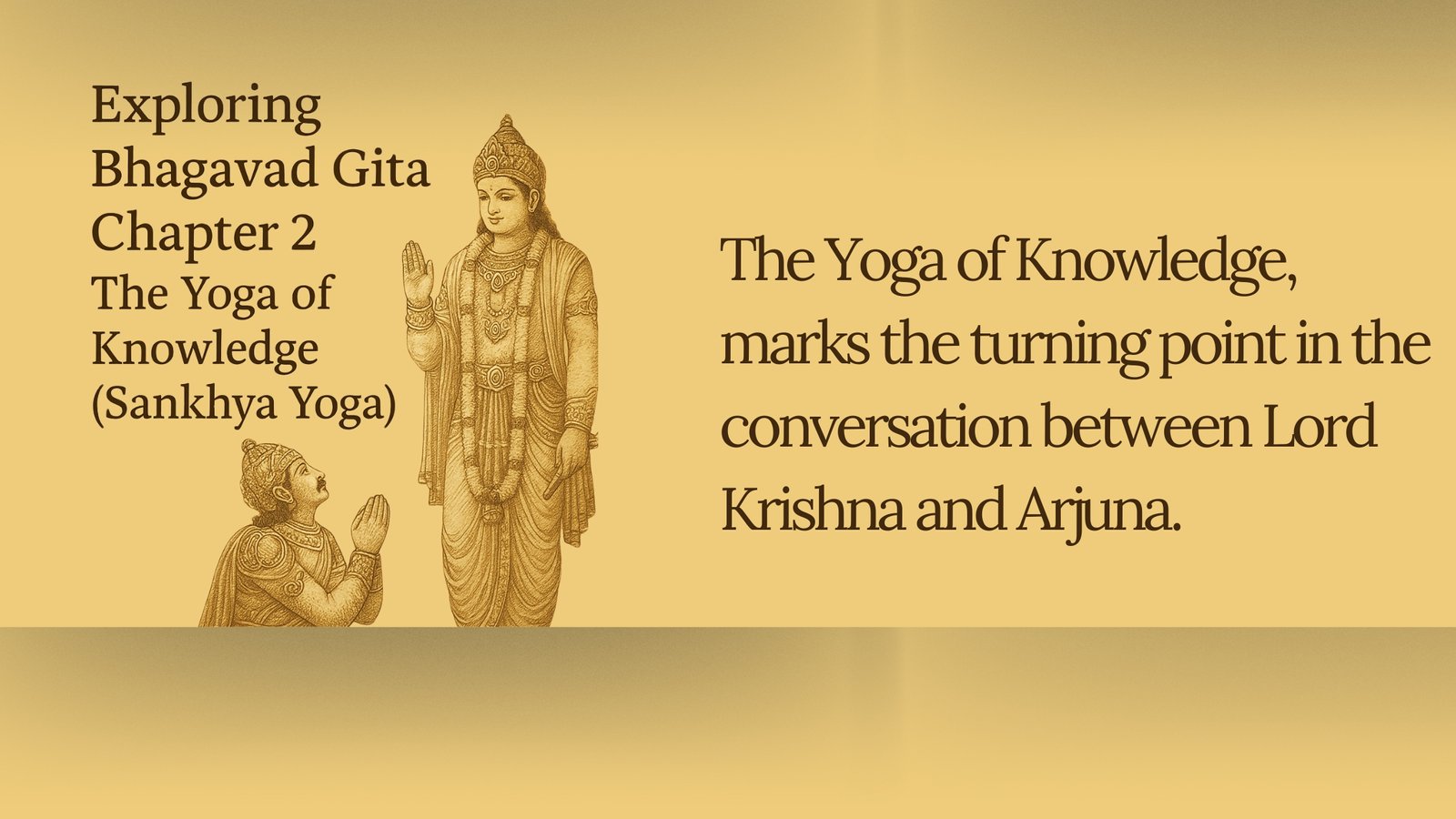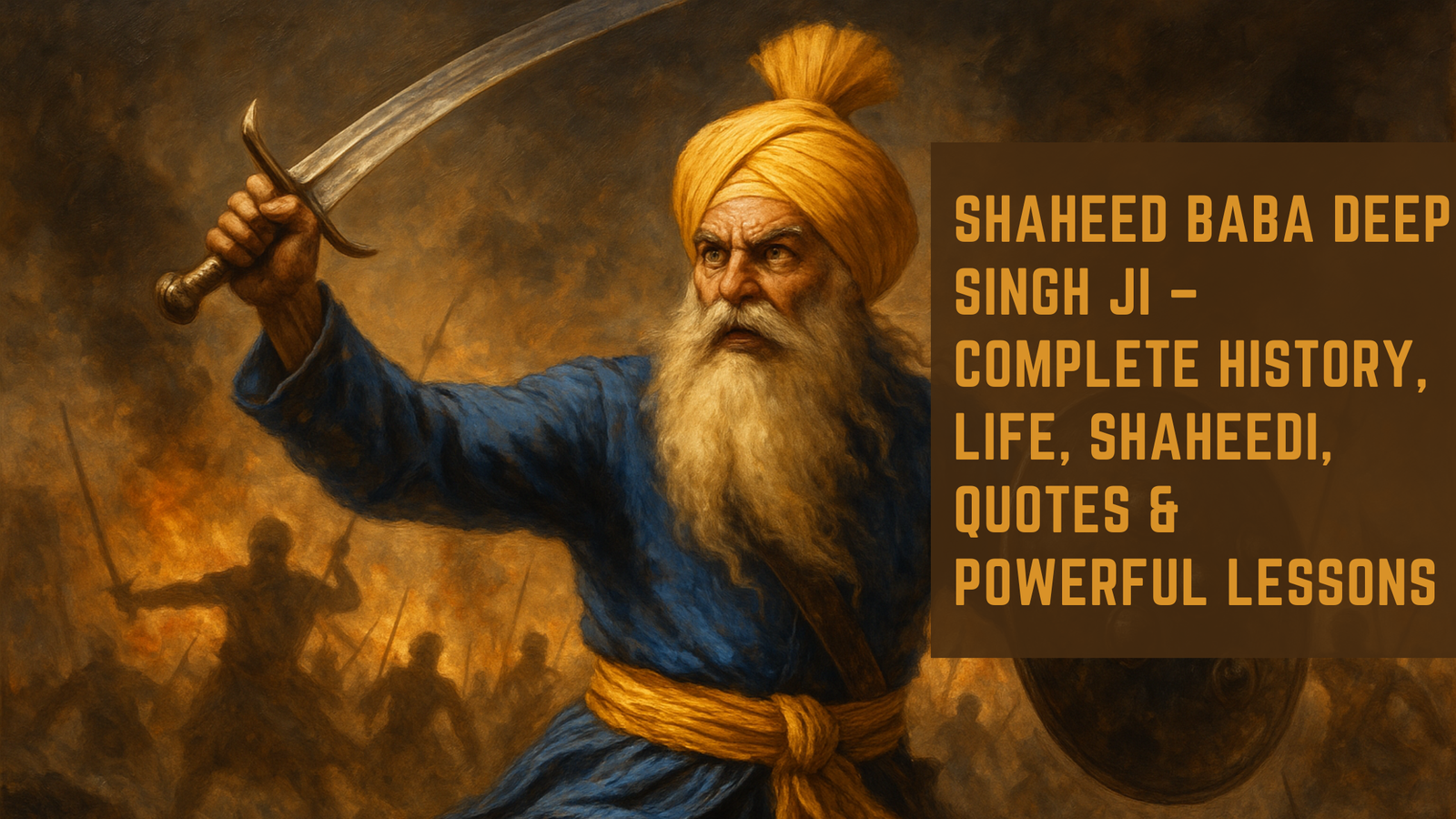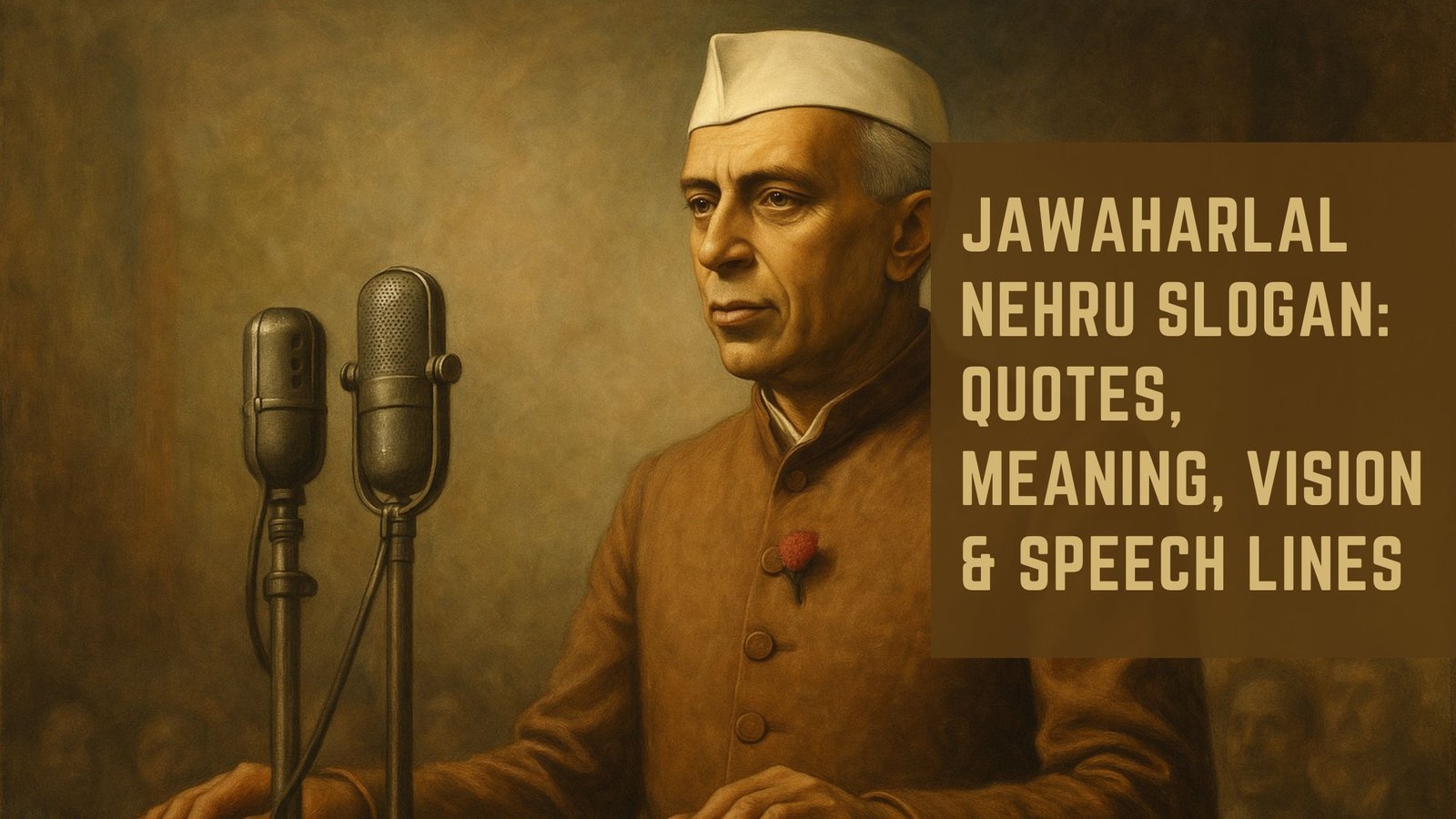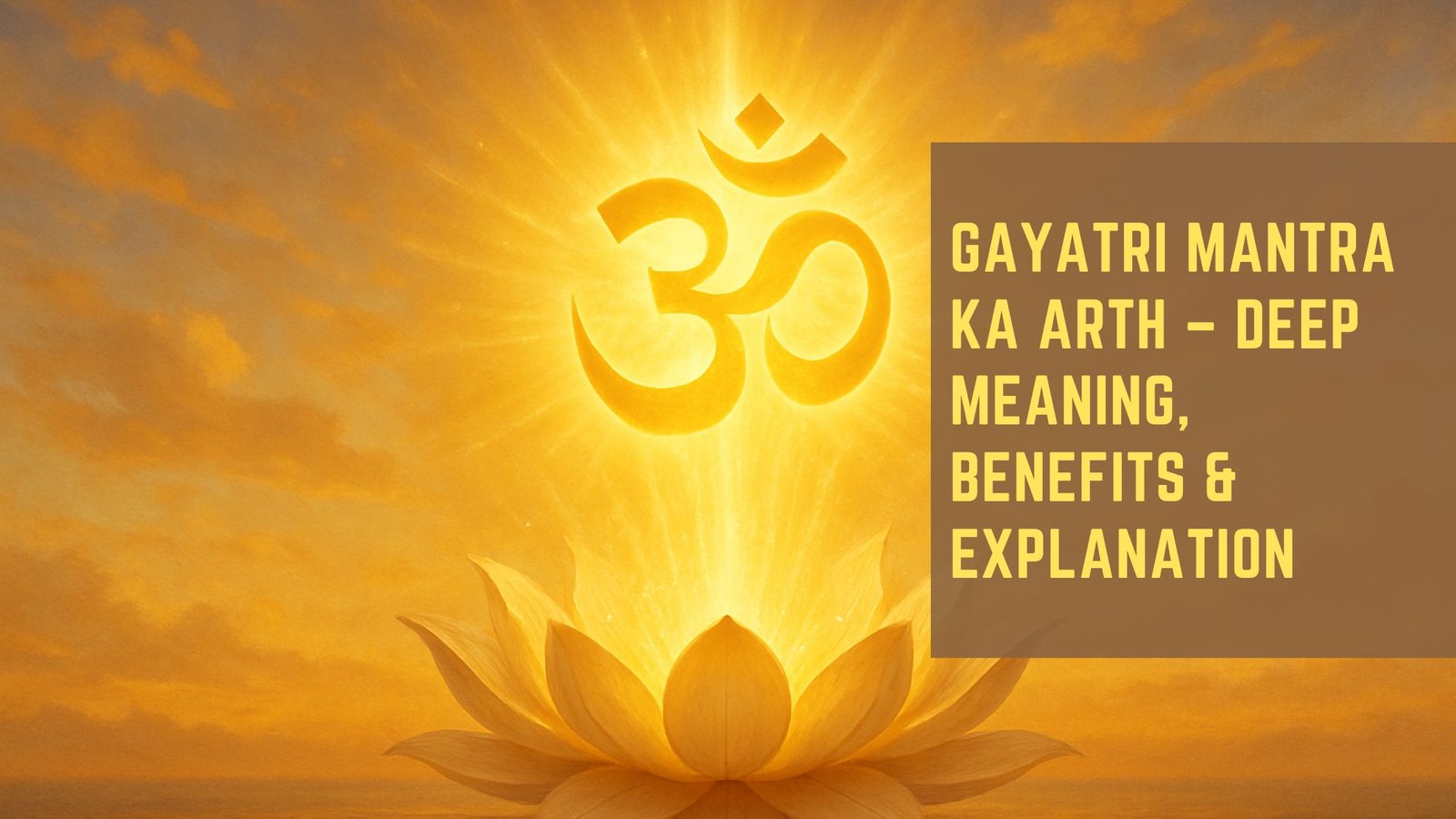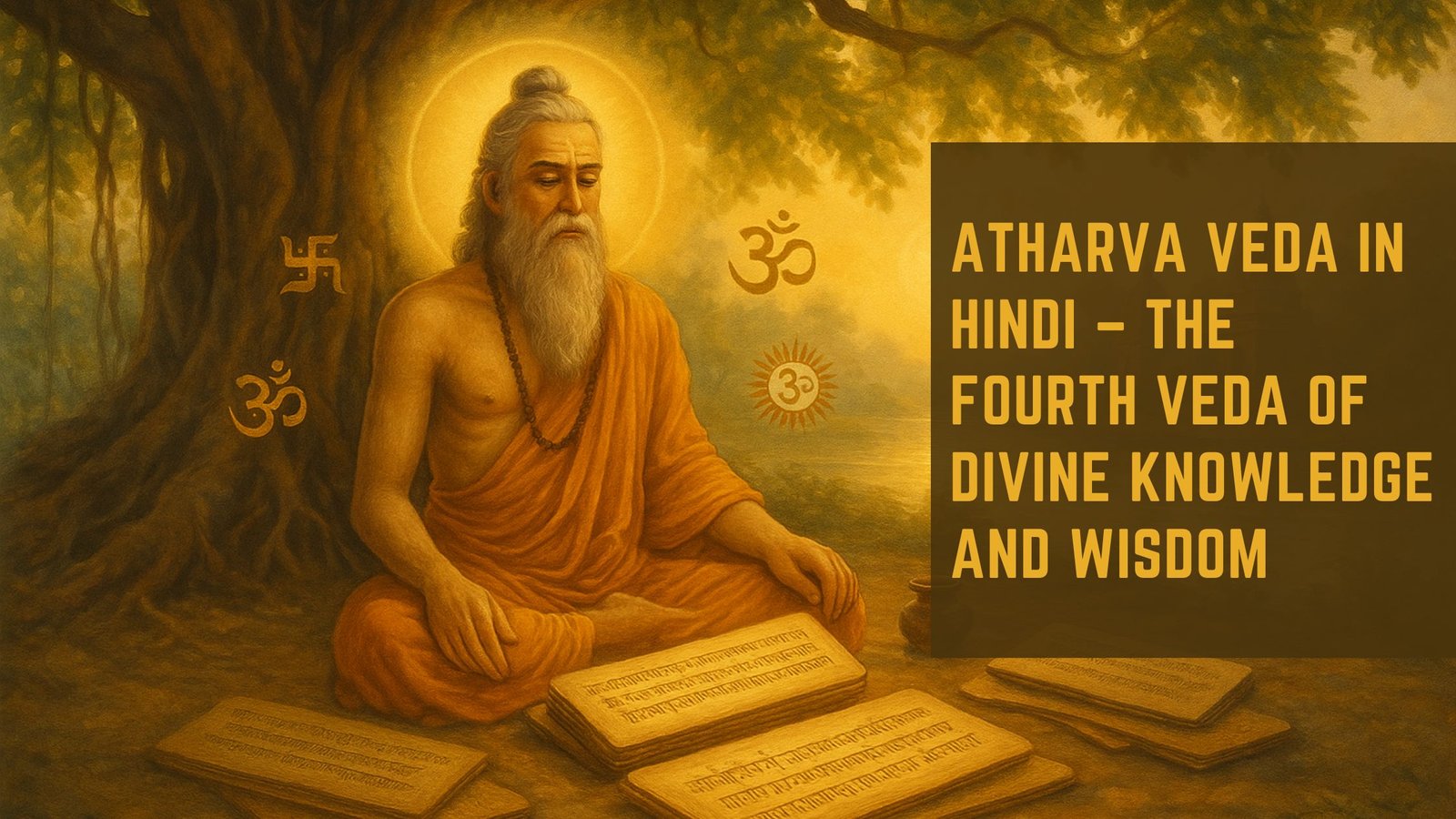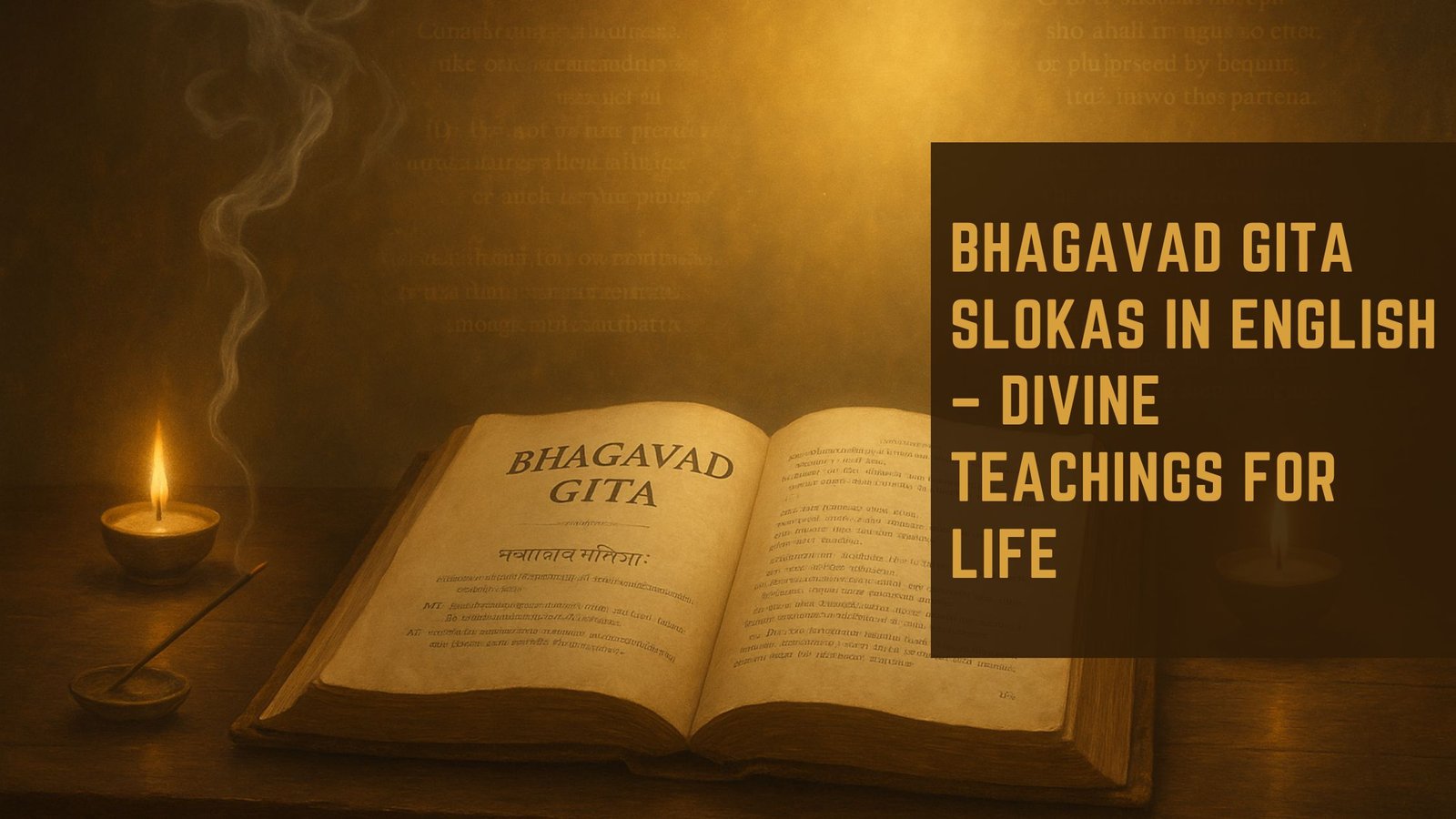The Bhagavad Gita, a revered text within Hindu philosophy, serves as a profound guide to understanding the complexities of life, duty, and spirituality. Among its many verses, Chapter 4, Verse 7 stands out as a pivotal moment in the dialogue between Lord Krishna and Arjuna. In this verse, Krishna declares that whenever righteousness declines and unrighteousness prevails, He incarnates Himself to restore balance and guide humanity back to the path of virtue.
This assertion not only emphasizes the divine intervention in times of moral crisis but also highlights the cyclical nature of existence, where the eternal truth must be upheld against the forces of chaos and ignorance. The significance of this verse extends beyond its immediate context, resonating with individuals seeking clarity in their own lives. It encapsulates the essence of divine guidance and the importance of adhering to one’s dharma, or duty.
The teachings of the Gita encourage individuals to reflect on their responsibilities and the moral dilemmas they face, urging them to seek a higher understanding of their purpose. As one delves deeper into the text, it becomes evident that the Gita is not merely a religious scripture but a philosophical treatise that addresses universal themes relevant to all humanity.
Key Takeaways
- The Bhagavad Gita 4.7 introduces the concept of eternal truth and its importance in spiritual enlightenment.
- Understanding the eternal truth involves recognizing the impermanence of the material world and the eternal nature of the soul.
- Dharma in Bhagavad Gita 4.7 refers to one’s duty and righteousness in accordance with universal laws and principles.
- Self-realization is crucial for understanding one’s true nature and achieving spiritual enlightenment.
- The path to spiritual enlightenment involves practicing self-discipline, meditation, and devotion to God.
At the heart of the Bhagavad Gita lies the concept of eternal truth, which transcends time and space. This truth is often associated with the idea of Brahman, the ultimate reality that underpins all existence. In the context of Chapter 4, Verse 7, this eternal truth serves as a reminder that despite the chaos and turmoil in the world, there exists a higher order that governs life.
The Gita teaches that understanding this truth is essential for spiritual growth and self-realization. It encourages individuals to look beyond the transient nature of material existence and seek a deeper connection with the divine. The pursuit of eternal truth requires introspection and a willingness to question one’s beliefs and assumptions.
The Gita emphasizes that knowledge is not merely intellectual but experiential; it must be lived and embodied. As individuals engage with their inner selves, they begin to uncover layers of understanding that lead them closer to this ultimate reality. The teachings encourage practitioners to cultivate discernment, enabling them to differentiate between what is temporary and what is everlasting.
In doing so, they align themselves with the divine purpose that Krishna embodies in his promise to restore righteousness.
Dharma, or duty, is a central theme in the Bhagavad Gita, particularly in Chapter 4, Verse 7. Krishna’s assertion about his divine incarnations is intrinsically linked to the concept of dharma, as he emphasizes the need for individuals to uphold their responsibilities in accordance with cosmic order.
The Gita teaches that understanding one’s dharma is crucial for maintaining harmony within oneself and society at large. In practical terms, dharma can manifest in various forms—be it familial duties, professional responsibilities, or ethical obligations. The Gita encourages individuals to act in accordance with their dharma while remaining detached from the fruits of their actions.
This detachment allows for a more profound engagement with one’s responsibilities without being overwhelmed by expectations or outcomes. By embracing their dharma, individuals contribute to the greater good and align themselves with the divine will that Krishna represents. Thus, understanding and fulfilling one’s dharma becomes a pathway to spiritual growth and fulfillment.
The Importance of Self-realization
Self-realization is a fundamental aspect of the teachings found in the Bhagavad Gita. It refers to the process of discovering one’s true nature beyond societal labels and personal identities. In Chapter 4, Verse 7, Krishna’s promise of divine intervention serves as an invitation for individuals to embark on this journey of self-discovery.
The Gita posits that true knowledge arises from understanding oneself as part of a larger cosmic reality rather than as isolated beings navigating through life. The path to self-realization involves introspection and meditation, allowing individuals to peel away layers of conditioning that obscure their true essence. As one engages with practices such as yoga and mindfulness, they begin to experience moments of clarity where the distinction between self and other blurs.
This realization fosters a sense of unity with all beings and an understanding that one’s actions have far-reaching consequences. The Gita emphasizes that self-realization is not an end goal but an ongoing process that enriches one’s life and enhances their ability to fulfill their dharma.
The Path to Spiritual Enlightenment

The journey toward spiritual enlightenment is intricately woven into the fabric of the Bhagavad Gita’s teachings. Enlightenment is often described as a state of profound understanding and liberation from ignorance. In Chapter 4, Verse 7, Krishna’s declaration about his divine incarnations serves as a reminder that enlightenment is accessible to all who seek it earnestly.
The Gita outlines various paths—such as devotion (bhakti), knowledge (jnana), and disciplined action (karma)—that individuals can follow to attain spiritual awakening. Each path offers unique insights and practices tailored to different temperaments and inclinations. For instance, those inclined toward devotion may find solace in surrendering to a higher power, while others may resonate more with intellectual inquiry or disciplined action.
The Gita encourages individuals to choose a path that aligns with their nature while remaining open to integrating elements from other paths as well. Ultimately, spiritual enlightenment is portrayed as a holistic experience that encompasses emotional, intellectual, and experiential dimensions.
The teachings of Chapter 4, Verse 7 can be seamlessly integrated into daily life, offering guidance on how to navigate challenges while remaining true to one’s values. One practical application involves recognizing moments when ethical dilemmas arise—situations where righteousness seems compromised by external pressures or societal norms. In such instances, individuals can draw upon Krishna’s message about divine intervention as a source of strength and inspiration.
By cultivating awareness of their own dharma, they can make choices that align with their higher purpose rather than succumbing to fear or conformity. Moreover, embracing the teachings of the Gita encourages individuals to approach life with a sense of detachment from outcomes. This does not imply apathy; rather, it fosters an attitude of equanimity amidst life’s fluctuations.
By focusing on performing actions with sincerity and integrity while relinquishing attachment to results, individuals can experience greater peace and fulfillment in their endeavors. This approach allows them to engage fully in their responsibilities while remaining grounded in their connection to the eternal truth.
Overcoming Obstacles on the Path to Eternal Truth
| Obstacle | Impact | Strategy |
|---|---|---|
| Doubt | Causes uncertainty and hesitation | Seek guidance from trusted sources |
| Distractions | Diverts focus from spiritual journey | Practice mindfulness and prioritize spiritual activities |
| Fear | Creates anxiety and inhibits progress | Develop courage through prayer and meditation |
| Ignorance | Blocks understanding of spiritual truths | Engage in continuous learning and self-reflection |
The journey toward understanding eternal truth is often fraught with obstacles—both internal and external—that can hinder progress. The Bhagavad Gita acknowledges these challenges and provides insights on how to overcome them. Internal obstacles may include doubts, fears, and attachments that cloud judgment and impede self-realization.
The Gita encourages individuals to confront these inner barriers through self-reflection and disciplined practice. By cultivating mindfulness and self-awareness, they can gradually dissolve limiting beliefs and embrace a more expansive perspective. External obstacles may manifest as societal expectations or conflicts with others that challenge one’s commitment to dharma.
In such situations, Krishna’s teachings serve as a reminder that maintaining integrity requires courage and resilience. Individuals are encouraged to stand firm in their convictions while remaining compassionate toward others’ perspectives. By embodying principles such as forgiveness and humility, they can navigate conflicts gracefully and contribute positively to their surroundings.
Embracing the Eternal Truth
In conclusion, the teachings encapsulated in Chapter 4, Verse 7 of the Bhagavad Gita offer profound insights into navigating life’s complexities while remaining anchored in eternal truth. Through understanding concepts such as dharma, self-realization, and spiritual enlightenment, individuals are empowered to lead lives imbued with purpose and meaning. The Gita serves as both a philosophical guide and a practical manual for those seeking clarity amidst chaos.
Embracing eternal truth requires commitment—a willingness to engage deeply with oneself and the world around them.
Ultimately, the Bhagavad Gita invites all seekers on a transformative journey toward understanding their place within the cosmic order—a journey marked by love, wisdom, and an unwavering commitment to righteousness.
In a related article discussing the power of faith in the Bhagavad Gita, the concept of finding strength in adversity is explored in depth. The article delves into the teachings of Bhagavad Gita 11.32 and how it can provide guidance and inspiration during challenging times. To read more about this insightful perspective, check out the article here.
FAQs
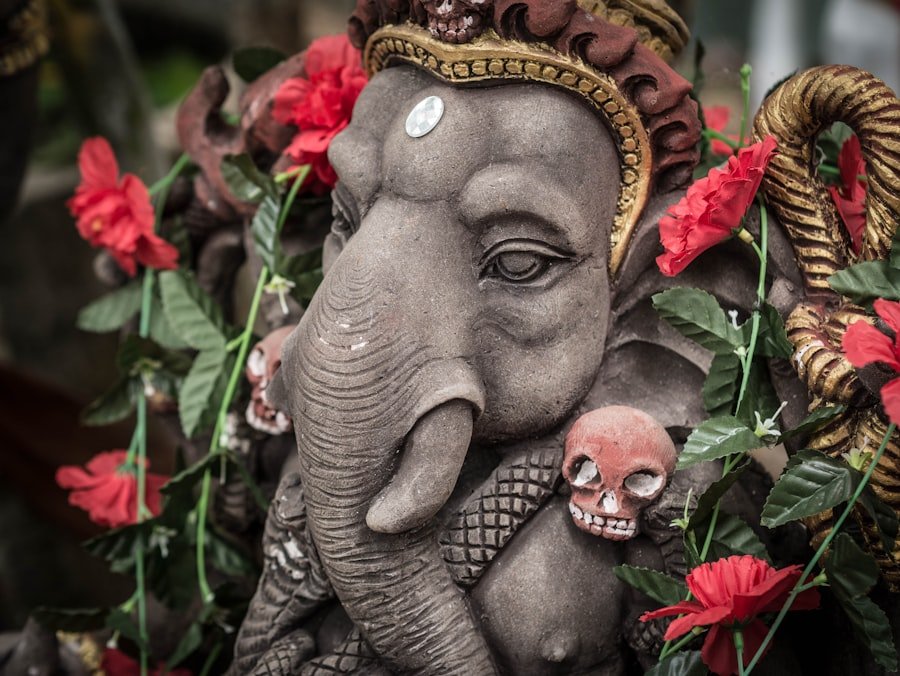
What is the significance of Bhagavad Gita Bab 4 Sloka 7?
Bhagavad Gita Bab 4 Sloka 7 is a verse from the ancient Indian scripture, the Bhagavad Gita. It is a part of a conversation between Lord Krishna and Arjuna, and it discusses the concept of divine incarnations and their purpose.
What does Bhagavad Gita Bab 4 Sloka 7 teach?
Bhagavad Gita Bab 4 Sloka 7 teaches the concept of divine incarnations, or avatars, and their purpose in the world. It emphasizes the idea that these incarnations are meant to restore dharma, or righteousness, and to protect the good and destroy the evil.
How is Bhagavad Gita Bab 4 Sloka 7 relevant today?
Bhagavad Gita Bab 4 Sloka 7 is relevant today as it provides timeless wisdom about the nature of divine incarnations and their role in the world. It can be applied to understanding the concept of righteousness and the eternal struggle between good and evil.
Where can I find more information about Bhagavad Gita Bab 4 Sloka 7?
More information about Bhagavad Gita Bab 4 Sloka 7 can be found in translations and commentaries on the Bhagavad Gita, as well as in scholarly works on Hindu philosophy and spirituality. It is also a topic of discussion in many spiritual and philosophical circles.

